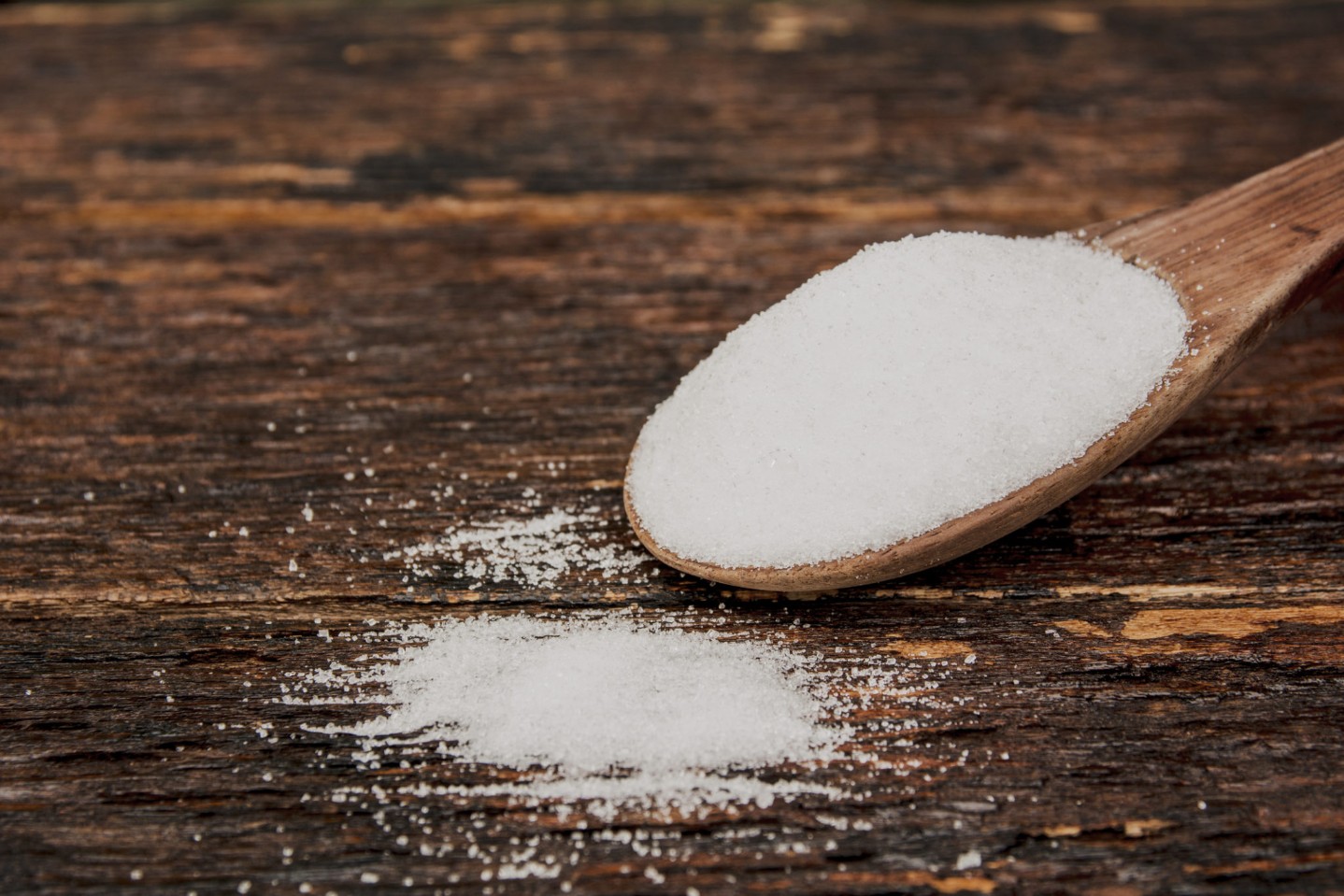Too much sugar is bad, but that won't stop everyone
So now it looks like we’re not supposed to eat sugar anymore. The American Heart Association (AHA) just released a statement, published in the journal Circulation, telling us that we are eating an average of 22 teaspoons of sugar a day. This amounts to 355 calories from pure sugar and exactly 21 spoonfuls more than recommended by Mary Poppins. Most of this added sucrose comes from soda pop and processed sweets. The biggest abusers tend to be the younger generation with boys ages 14 to 18 consuming an eye-popping 34 teaspoons of added sugar a day. Since many people eat much less than the 22 teaspoons noted above, there is probably another group of people who consume sugar with the dedication of a famished hummingbird.
We’ve known for a long time that excess sugar is not good for you (what did your grandmother always tell you?) and I doubt we need any new stunning information about the ill effects of a syrupy diet. My guess is the new imperative relates to the burgeoning epidemic of obesity and diabetes—it’s now become so bad that the AHA feels the need to codify the obvious.
I look back on my early life and I remember sugar being a luxury (for the record, I’m not that old. Rather than give you my age I’ll simply say I was raised on Gilligan’s Island and The Brady Brunch). Candy was rare—an occasional bike ride to the local convenience store with some dimes and nickels—and we strictly rationed our Halloween booty to make it last until Christmas. Soda was an unusual treat when we went to restaurants. My mother never purchased cookies, preferring to make them herself and imposed a strict limit to 2 cookies after meals.
Things are obviously different these days. Many kids and adults drink more sugared soda than water, and their waistlines have begun to reflect this. Add to this the avalanche of fat-laden fast food and it’s a recipe for obesity, diabetes and, ultimately, coronary disease.
Sugar is a treat and no one is immune to liking things sweet every now and then
I have to admit that sugar is my weakness as well. I’ll take a good chocolate dessert over a steak dinner, and I have a hard time passing up my wife and daughter’s homemade cookies. I suspect I’m near the limit recommended by the AHA and will have to take another look at my own dietary habits. Perhaps that’s why the AHA went to the trouble to publish their guidelines—people like me know already that lots of sugar is bad for us, but we might just need someone else to remind us of that.
You may notice the many highlighted words in the text above. One of the things I particularly enjoy about writing internet-based pieces is the ability to insert hyperlinks. For those of you less familiar with computer parlance, the hyperlink is a highlighted word in a text that is linked to a website. Simply clicking on the word will pull up a site that (hopefully) adds to the discourse or expands on a subject. I find them useful to define medical topics and add references. For example, I can use various links to separately expand the subject of sugar and obesity for lay people, doctors, and eggheads. The only real problem with hyperlinks is that it is often easy for you to go overboard a bit.





